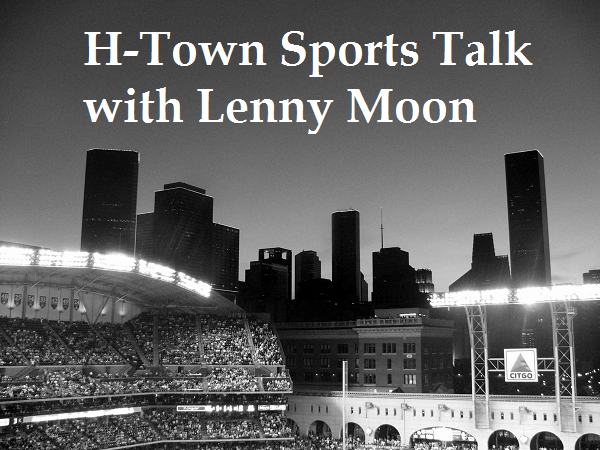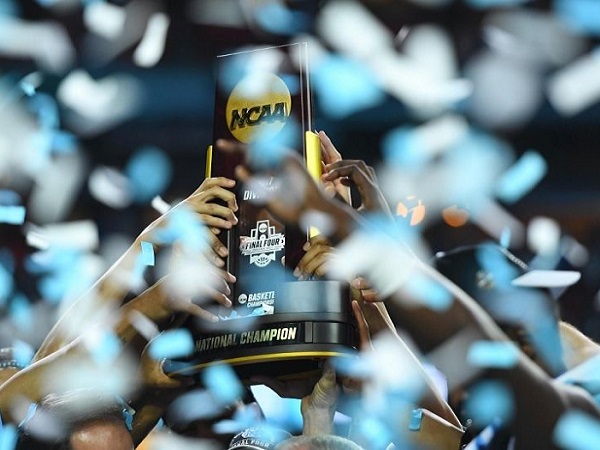In an age where consumers may be suffering or begin to suffer from financial subscription fatigue, there seems to be an obvious solution that requires cross-network and platform collaboration. It is a reminder, and thought for distributors to consider. Exclusivity over content may bring higher upfront licensing fees, but broader distribution and more platforms means reaching more consumers and collecting more fees from different distributors.
Furthermore, in the age where many platforms (e.g., Apple+, Disney+, Netflix, Amazon, HBO Max, Paramount+, and others) are creating originals, it will be interesting to see if there is a content player in Hollywood that finds a second or even third distribution outlet for their owned-asset library. Consumers have shown the will to max-out at 2-3 paid streaming subscriptions, so why not broaden the distribution scope to reach a larger and untapped audience that is unlikely to sign-up for “your” specific streaming service?
The truth is that distribution exclusivity and scope are not mutually exclusive. The essential ingredient to content distribution success is the paywall-subscription consumer requirement. Networks, streamers, and social media outlets and platforms pay less for a non-exclusive deal of content (e.g., MLB television rights, Friends, or The Office), but the owner of the content makes up the difference in overall value through multiple paying paywalled customers. It is a divide and conquer strategy. For what one cannot get for free, one has to pay for, right? Of course, the issue is getting the distributor and sometimes even the content licensor to agree to non-exclusivity. Where copyright owners and licensees wish to retain more control, exclusivity becomes a premium for a higher price, but at a cost to consumer access.
The broader scope distribution model is the path that Major League Baseball (MLB) is taking. It wants to meet more fans in different places. There is increasing likelihood that the ESPN-MLB deal is going to for less money, but maybe on different platforms owned by Disney (i.e., ESPN, ESPN+, ABC, etc.).
There is further proof that as content becomes older (i.e., a television series ends and ages) or where subscribers and viewers reach a certain level of growth and maturity on a platform that content begins to get restless and search for multiplicity in distribution. The increased scope therefore continues the life of the content to new fans and additional licensing fees for the content library owner and creatives. However, the content must still be good. A maybe obvious admission, but nonetheless an important one because a platform generally has two tools to subscriber/viewer growth: (1) great original content that is exclusive, and (2) popular licensed content (e.g., Game of Thrones (HBO), Friends (NBC), and The Big Bang Theory (CBS) on AT&T/WarnerMedia’s HBO Max).
A great film library does not hurt either to keep consumers on the platform. This is where AppleTV and Amazon Prime are such big winners. Both offer more than just content. Both serve as nerve centers to broader services, content, and even other platforms. The takeaway being that content that is easily accessible in multiple ways for a price is the preference for consumers. It is the next best thing to free. It may also be the next best thing for creatives, networks, streamers, studios, talent, and tech/social media.
























